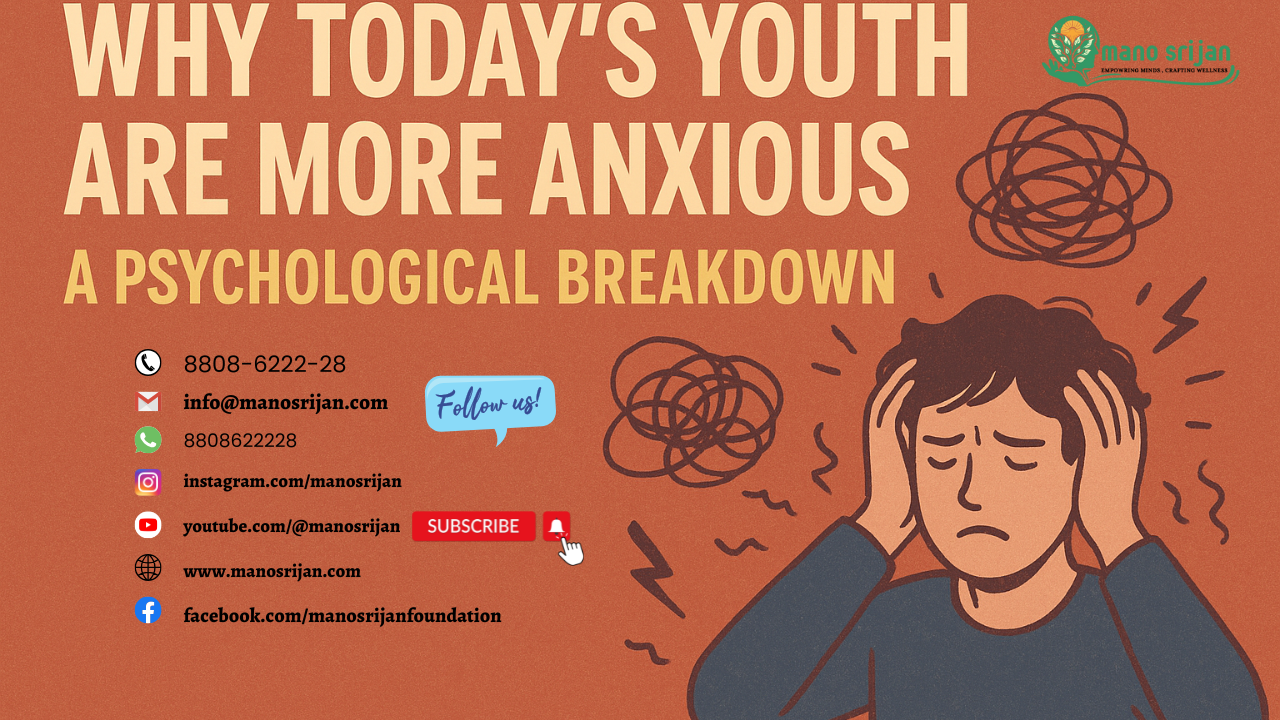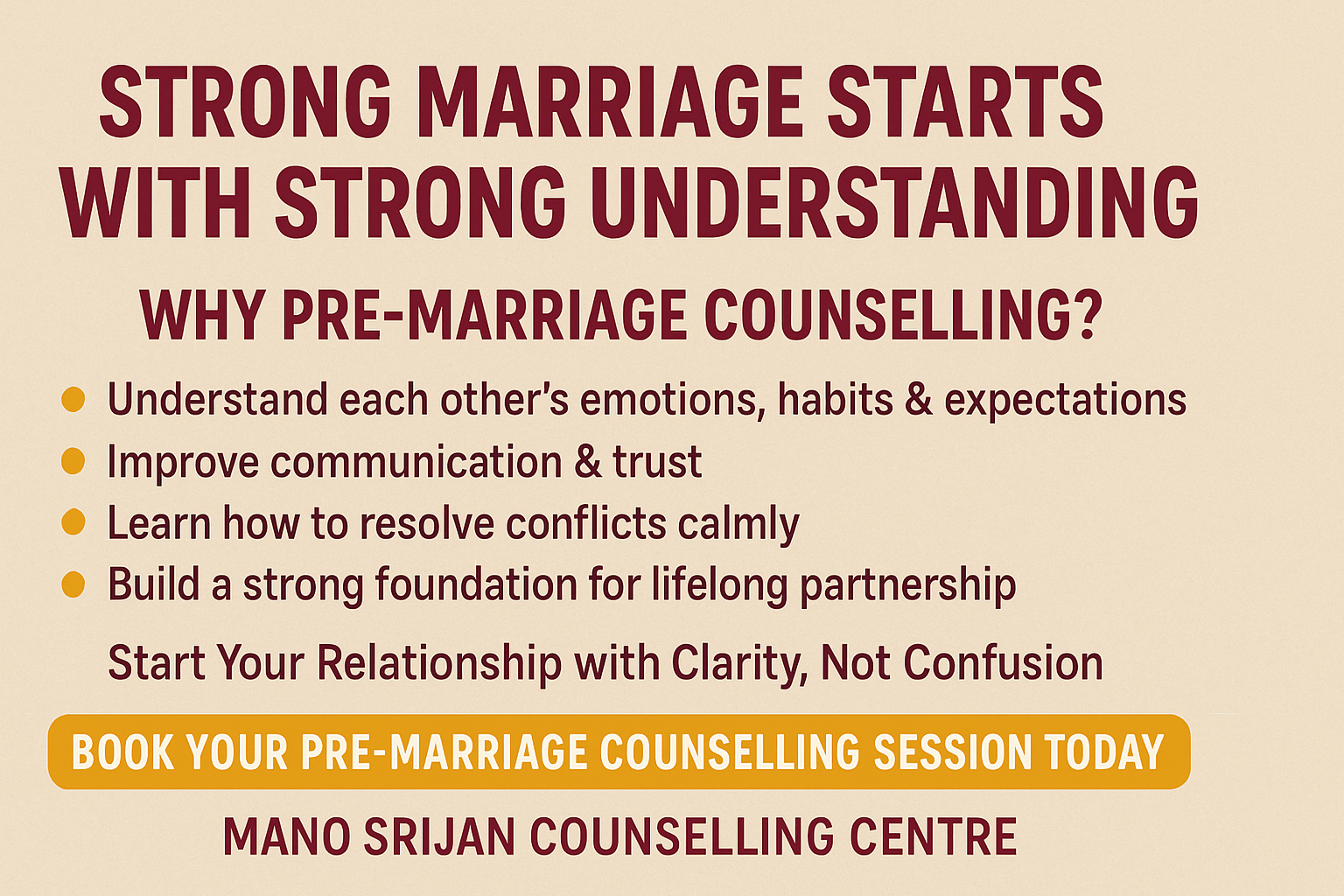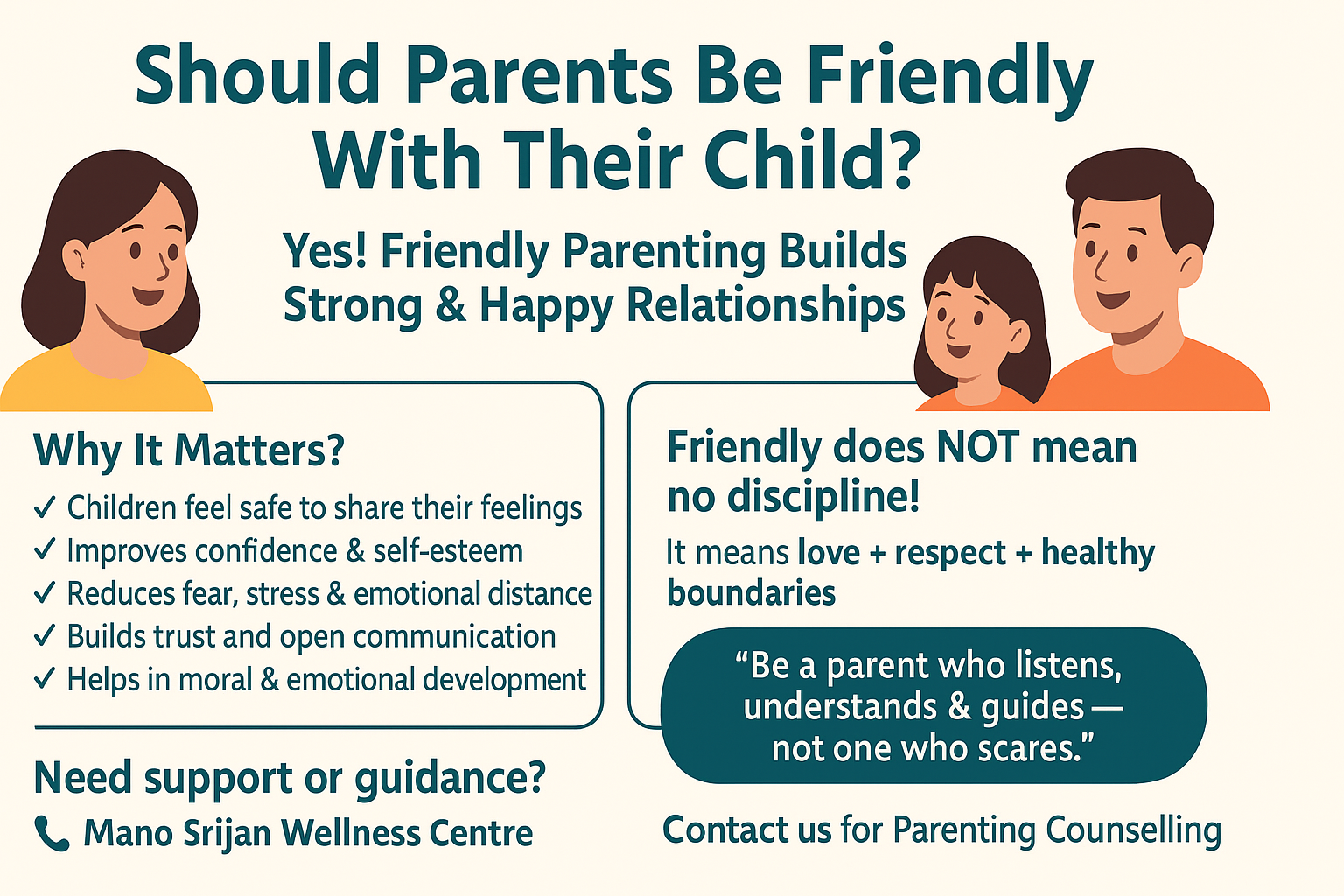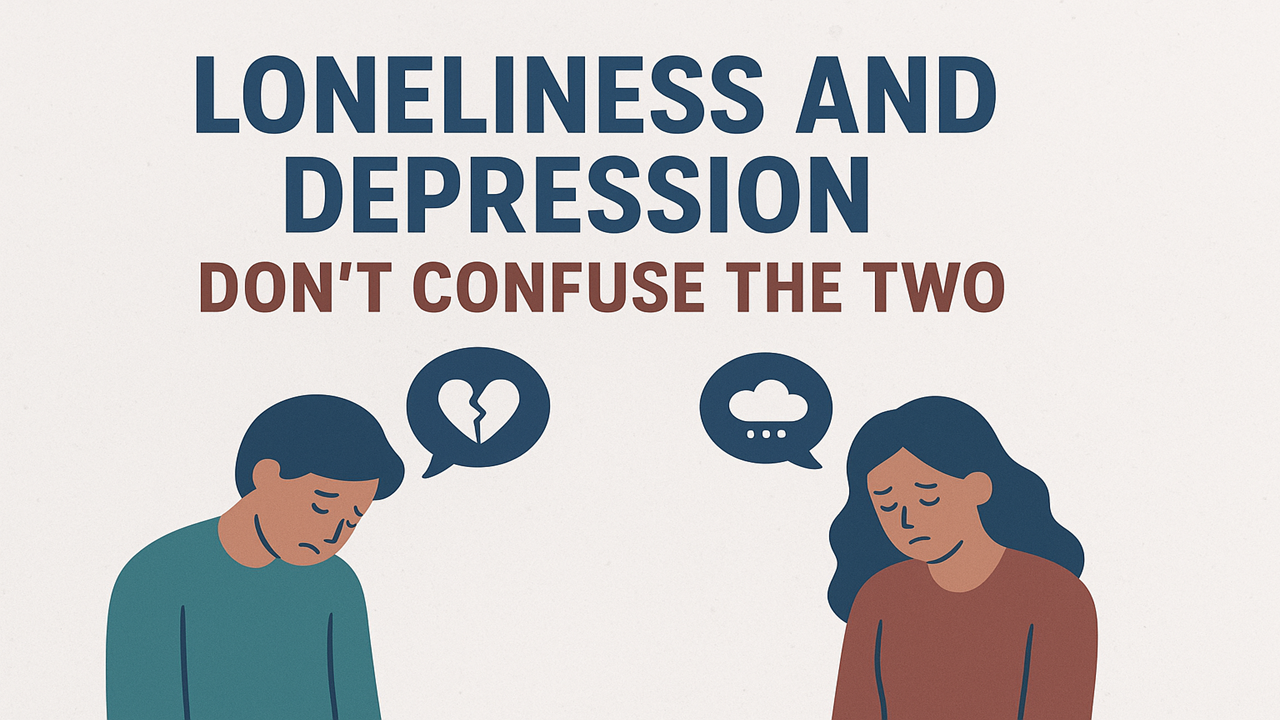.jpg)
- 27 Dec 2024
- Psy. Ashish Pandey
Do you feel anxious during sunset
For many, sunsets evoke a sense of tranquility, marking the end of a day and the promise of rest. Yet for others, the fading light brings a wave of unease, apprehension, or even dread. This phenomenon, often referred to as "sunset anxiety," is more common than you might think. It’s a complex emotional response that can stem from various psychological, environmental, and biological factors. Let’s explore what sunset anxiety is, why it happens, and how you can cope with it.
What is Sunset Anxiety?
Sunset anxiety refers to feelings of nervousness, sadness,
or tension that emerge as daylight fades. These emotions may intensify during
specific seasons, such as winter, when daylight hours are shorter. While not an
officially recognized medical condition, sunset anxiety shares similarities
with other emotional patterns, such as seasonal affective disorder (SAD) or
generalized anxiety disorder (GAD).
Why Does Sunset Anxiety Occur?
Several factors can contribute to sunset anxiety, including:
1. Biological Rhythms and Light Exposure
Our bodies rely on natural light cues to regulate circadian
rhythms, the internal clock that governs sleep, mood, and energy levels. As
sunlight diminishes, the brain produces more melatonin, a hormone that induces
sleepiness. This shift can sometimes lead to feelings of lethargy or emotional
vulnerability.
2. Psychological Triggers
The end of the day can symbolize unfinished tasks, missed
opportunities, or impending obligations. For individuals prone to overthinking
or self-criticism, this reflective period may amplify anxiety or stress.
3. Childhood Associations
For some, sunset anxiety may be linked to early experiences.
Memories of feeling alone or frightened during the evening hours as a child can
resurface in adulthood, creating an emotional response tied to the setting sun.
4. Seasonal Factors
During fall and winter, shorter days and prolonged darkness
can exacerbate feelings of anxiety or depression. This is especially true for
those affected by SAD, which is directly influenced by reduced sunlight
exposure.
How to Manage Sunset Anxiety
Although sunset anxiety can feel overwhelming, several
strategies can help alleviate its impact:
1. Establish a Calming Evening Routine
Create a ritual that helps you transition from day to night.
This could include activities like journaling, reading, meditating, or
practicing gentle yoga. Having a routine provides a sense of structure and
comfort.
2. Maximize Daylight Exposure
Spend time outside during daylight hours to boost your mood
and energy. Natural light exposure helps regulate your circadian rhythms and
supports the production of serotonin, a mood-enhancing neurotransmitter.
3. Incorporate Light Therapy
For those with limited access to sunlight, light therapy
lamps can mimic natural daylight and reduce symptoms associated with seasonal
mood changes.
4. Practice Mindfulness
Ground yourself in the present moment by focusing on your
breathing, observing your surroundings, or engaging in gratitude exercises.
Mindfulness can help redirect anxious thoughts and promote relaxation.
5. Seek Support
If sunset anxiety significantly impacts your quality of
life, consider speaking with a mental health professional. Cognitive-behavioral
therapy (CBT) and other therapeutic approaches can provide tools to manage
anxiety more effectively.
Finding Peace at Day’s End
Sunsets, while fleeting, can offer an opportunity to pause
and reflect. By understanding the triggers behind sunset anxiety and
implementing coping strategies, it’s possible to transform this time of day
into a moment of calm and gratitude. Remember, you’re not alone in these
feelings, and with patience and self-compassion, you can find balance and
serenity even as the sun dips below the horizon.






